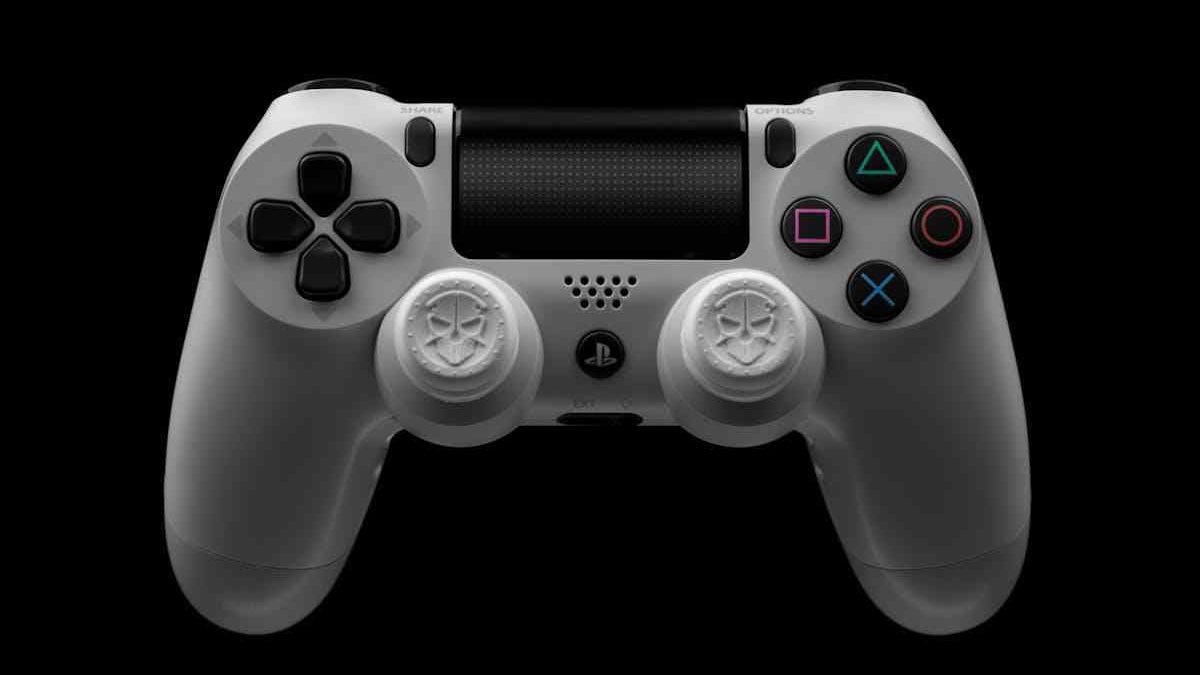Flying drones or FPV drones are one of my favorite technologies in 2024 due to their vast variety of applications. Seriously speaking, many advanced applications and uses are also coming into view after the embedment of various advanced techniques and technologies with these flying machines. This shows FPV drones are made up of various parts or components that make them ideal flying drones. One of the most important devices used with an FPV drone is the FPV controller.
This guide is dedicated to only FPV controllers of FPV drones. I’m going to expand this topic to help you understand what FPV controllers are, what’s their importance, and why you should take care of these components. Just follow the footprints of this guide to get an aerial view of these FPV drone controllers.
Let’s fly in!
Table of Contents
What Exactly is an FPV Controller?
If you don’t know what exactly an FPV controller is, think of it as the main “handheld device” of the FPV flying drone that every pilot has in their hand while flying and playing with their drones. As its name suggests, it is an FPV drone radio controller. In simple words, it is a handheld device used to remotely control a drone. It’s similar to the remote control of a TV.
Let’s Understand How an FPV Controller Works.
Actually, an FPV controller sends signals to a receiver on the drone, translating the commands of the FPV drone pilot into various movements. When you adjust the sticks or press the buttons of the FPV controller, it transmits radio signals to the receiver of the drone, which then interprets these signals and executes the desired actions.
That’s how this seamless communication enables smooth control over the movements of the FPV drone. Forward tilt (pitch), altitude (throttle), rotation (yaw), and side tilt (roll) are some of the primary movements that you can ask your drone to perform within seconds with the help of an FPV Controller. The advanced technology of the FPV controllers guarantees instant response and allows pilots to navigate their drones with precision and accuracy.
What are the Specific Functionalities of an FPV Controller?
Let’s see what are the specific functions of an FPV controller that you’ll miss out on if it is not working properly.
Commanding Drone Movements
FPV controllers play an essential role in commanding FPV drone movements. It allows FPV pilots to navigate their aircraft with precision and accuracy. As you know, the primary function of an FPV Controller is to transmit signals to the FPV drone’s receiver, instructing it to perform various actions. These movements include:
- Pitch: Forward and backward tilt for controlling ascent and descent of the FPV drone.
- Roll: Side-to-side tilt that enables the drone to bank and turn.
- Yaw: Rotation that allows the drone to spin and change direction.
- Throttle: Altitude control that regulates the speed and height of the FPV drone.
More importantly, FPV drone pilots can adjust the controller’s sticks or buttons to manipulate these movements. In this way, they can achieve smooth and responsive flight. The ergonomic design of the FPV controller ensures comfortable handling that reduces fatigue during extended flights. Advanced FPV controllers often feature customizable buttons and switches that help pilots assign specific functions to suit their flying style.
For example, a pilot might assign a button to toggle between different flight modes, such as sport mode or cinematic mode. Others might program a switch to control the camera gimbal of the FPV drone. It helps to adjust the angle and orientation of the camera. So, pilots can execute complex maneuvers, navigate obstacles, and capture stunning aerial footage if they master the FPV controller’s movement commands. After all, the ability of the FPV controller to command drone movements is the foundation of immersive and engaging flight experiences.
Managing Flight Modes and Settings
FPV controllers also allow their pilots to manage various flight modes and settings. They can tailor and customize their flying experience to suit different environments and objectives. These modes and settings can significantly impact the behavior, stability, and performance of the FPV drone. Common flight modes include:
- Sport mode: Aggressive and high-speed flight for racing and aerobatics.
- Cinematic mode: Smooth and stabilized flight for filming and photography.
- Stabilized mode: Gentle and easy-to-control flight for beginners or casual flying.
- Acro mode: Unlocked and high-agility flight for expert pilots.
So, FPV drone pilots can switch between these modes using the FPV controller. Additionally, FPV controllers often feature settings for adjusting:
- Sensitivity: Customizing the responsiveness of the stick to suit individual flying styles.
- Expo: Adjusting the exponential curve of the controller for precise control.
- Rates: Setting the rotation speeds and acceleration of the FPV drone.
Now, pilots are free to optimize the performance of the drone through an FPV controller for specific tasks, such as capturing smooth footage or navigating complex obstacles. The intuitive interface of the FPV controller allows pilots to make adjustments on the fly.
Hence, mastering the management functions of the FPV controller is essential to have the full potential of the drone no matter if you are flying for recreation or professional applications. What do you think are the other functionalities of FPV controllers? Share your honest views in the comments section. I’m all ears!

